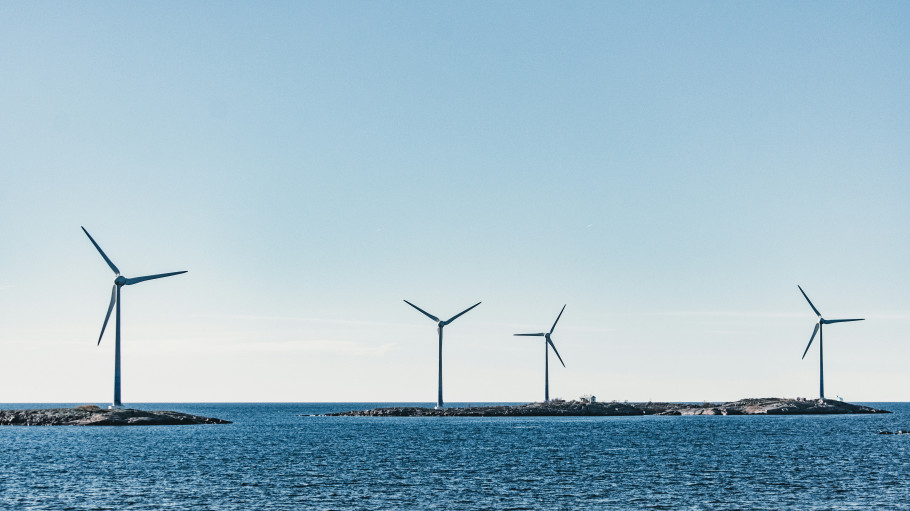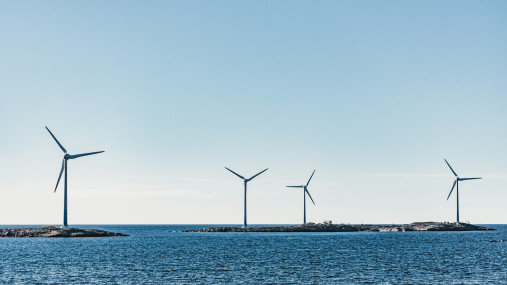
Publications » Position papers » Resilient Wind Energy made in Europe – all components count
Resilient Wind Energy made in Europe – all components count
Downloads and links
Recent updates

The Net-Zero Industry Act (NZIA) aims to preserve the leadership of the Wind Energy sector by enhancing European manufacturing capacity for net-zero technologies (“to meet at least 40% of EU annual deployment needs by 2030”), addressing barriers to scaling up production in Europe. It seeks to increase the competitiveness of the net-zero technology sector and value chain, attract investments, and improve market access for clean tech in the EU. However, as reported by IEA the “non-binding nature of [the 40%] benchmark and the absence of clear policy instruments for its implementation” might put such ambition at risk. This document outlines the recommendations from diversified actors of the EU Wind Supply Chain to reinforce the NZIA texts of secondary legislation to be adopted by March 2025.
Signatories:
EUROFER, The European Steel Association
Offshore Wind Foundations Alliance (OWFA)
European Wind Tower Association (WTA)
Europacable
ArcelorMittal
Sif Group
GRI Renewables Industries
Chantiers de l’Atlantique
AG der Dillinger Hüttenwerke
DONAKO Ltd
Salzgitter AG
Westlake Epoxy BV
Full text available for download in the pdf below.

A milestone occasion to quickly and effectively restore affordable electricity, to relaunch the
decarbonization and strengthen the international competitiveness of the European steel
industry.
Brussels, 02 December 2025 – Unchanged negative conditions – U.S. tariffs and trade disruptions, economic and geopolitical tensions, protracted weak demand and still high energy prices – continue to weigh on the European steel market. EUROFER’s latest Economic and Steel Market Outlook confirms for 2025 another recession in both apparent steel consumption (-0.2%, unchanged) and steel-using sectors (-0.5%, revised from -0.7%). A potential recovery is expected only in 2026 for the Steel Weighted Industrial Production index (SWIP) (+1.8%, stable) and for apparent steel consumption (+3%, slightly revised from +3.1%) – although consumption volumes would still remain well below pre-pandemic levels. Steel imports retained historically high shares (27%), while exports plummeted (-9%) in the first eight months of 2025.
Fourth quarter 2025 report. Data up to, and including, second quarter 2025